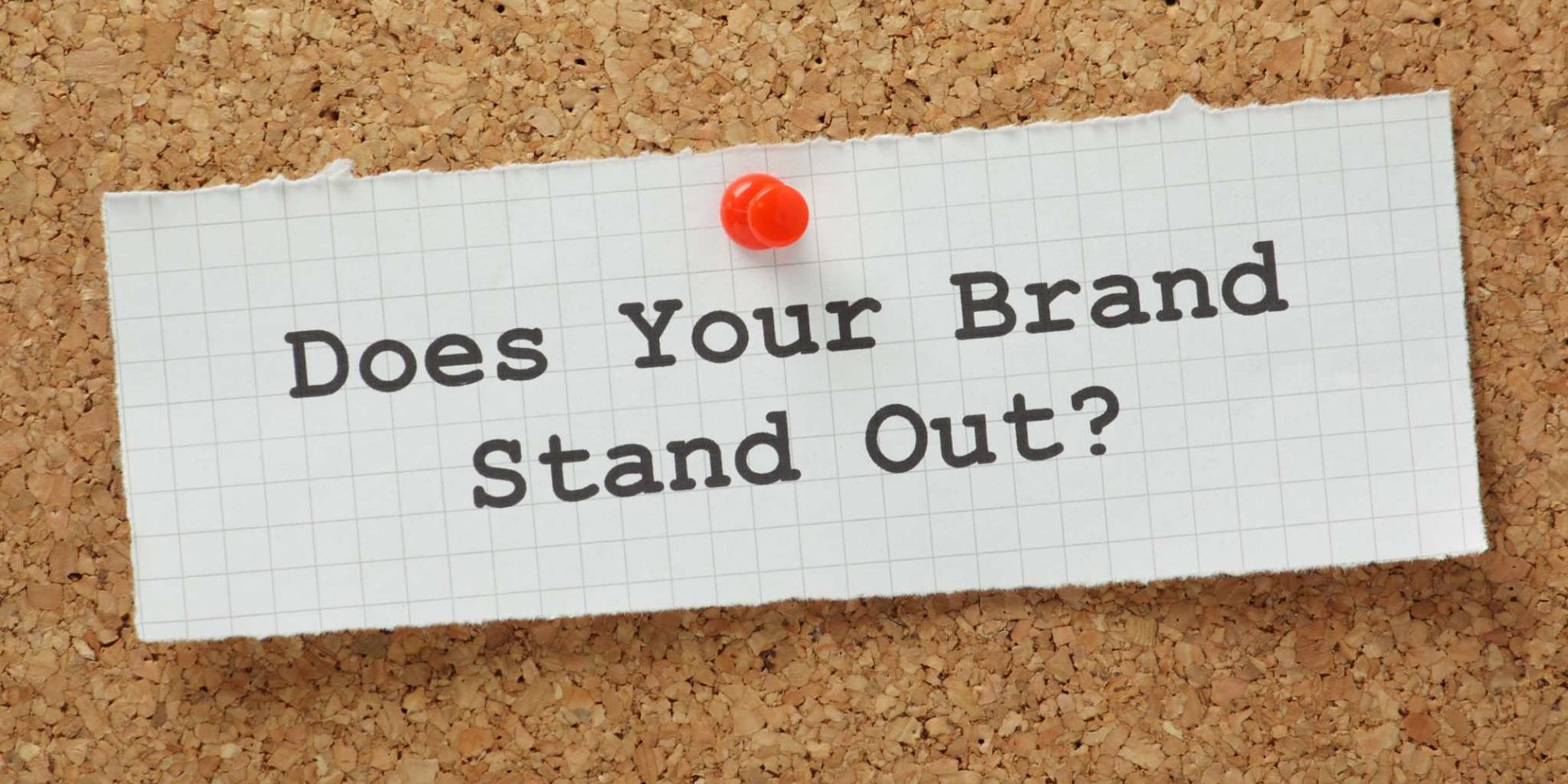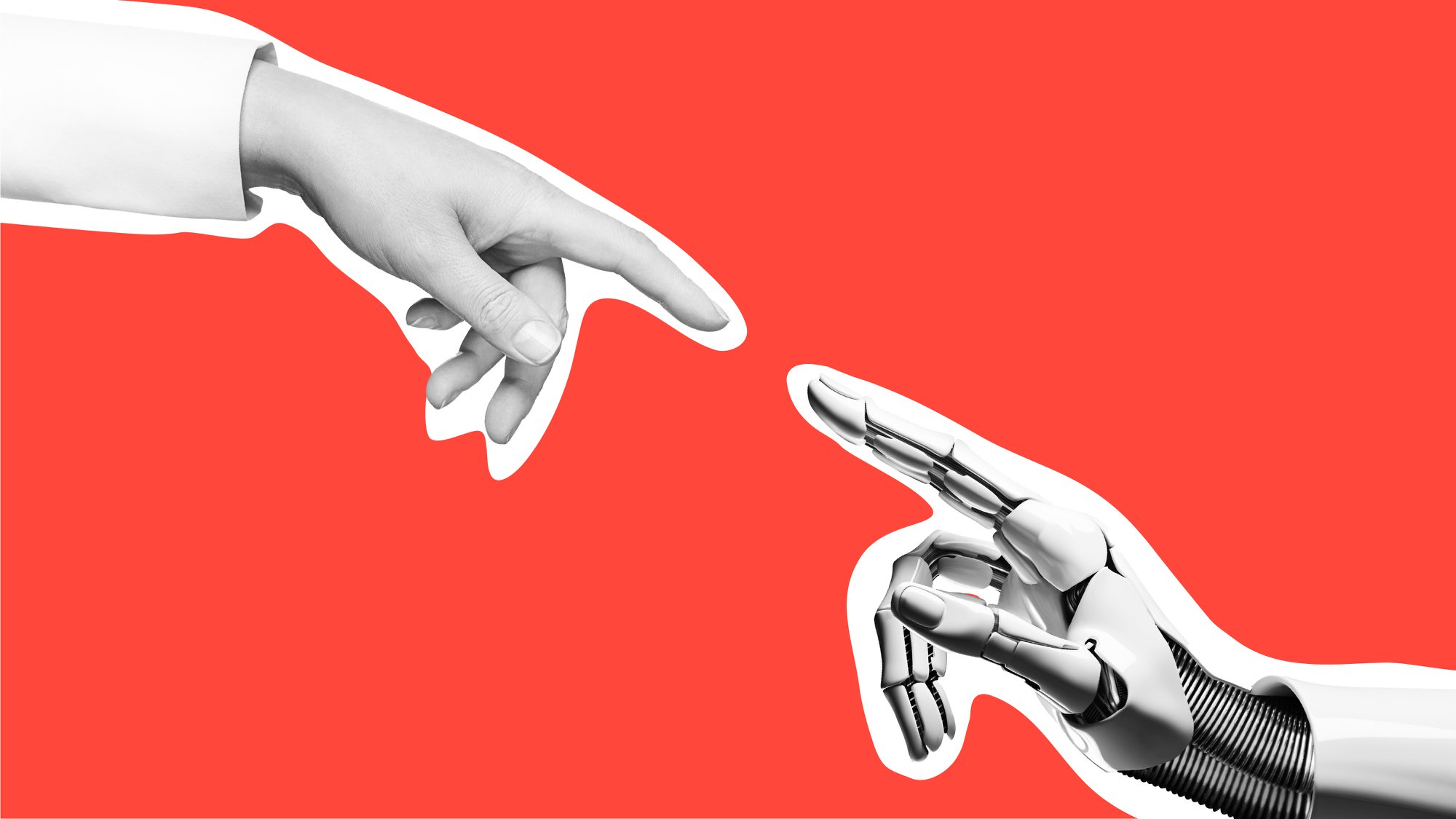Brand identity prisms: how to make yours work inside out

Brands are all about people – both customers and employees. We look at the Kapferer’s Brand Identity Prism, which considers customers and employees in every panel to build a brand identity and ultimately serve the customer.
There are so many models for brand managers out there. Which one to use? Kapferer’s Brand Identity Prism is just one of them. It’s as good as any, but as with many, I have an issue with it. Too many of these models have the ‘internal bit’ or the employee aspect of branding tagged on to the side. You can just hear each author crowbarring the employee bit in at the last moment. “Oh, bloody hell, I’ve forgotten to put the actual people in there.”
Brands need to be built from the inside out. And, when you think about it, all great brands are built off the back of the people that make them. The Dyson brand is built off the back of one inventor’s determination to disrupt a marketplace and do things differently – that’s what Dyson people do. The Southwest Airlines brand is built off the back of sheer fun and love of simple affordable air travel for all – and Southwest people just enjoy flying passengers from A to B. The Pret a Manager brand is built off the back of genuine people making sandwiches and serving them with a smile – and it’s that brand honesty that will help them make the right decisions as they take the right steps going forward.
Brands are all about people – both customers and employees – and so here is my take on the Kapferer Brand Identity Prism: A prism that considers customers and employees in every panel.
The importance of Company Physique
These are the physical assets. The colour; the logo; the typeface. They cover the consistent design of a product; its shape, packaging and all the visual clues that tell any customer that this is your brand. It’s the AMEX blue; Coke’s bottle or The Economist’s font.
In equal measure there should be physical characteristics inside a business. The design of the office; the colour of the kit; the position of the people. Is your CEO hidden away at the top of the building, or in open view at the bottom?
The importance of Company Personality
Stop looking at my bottom! That’s printed on the bottom of Innocent Smoothies cartons and it’s just so ‘them’. That’s a brand personality shining through in how they speak. Together with an attitude to the design, tone of voice sets a unique personality.
On the inside, that personality also needs to shine. But remember, on the inside you are not marketing to customers, but sharing with colleagues. So, choose the corporate language wisely. If it’s a risk-free brand that prides itself on process, then formal language is not banned, but go easy on the acronyms.
The importance of Company Culture
We all have values. Our values determine the decisions we make in life. The same is true with brands, and those values allow the culture to emerge. For a brand like BP it’s about safety in everything they do (and they have learned through bitter experience.) For a brand like Google, it’s reinvention, imagination and enjoyment.
And that culture needs to be felt externally too. It needs to come across in events they attend; how employees engage with them on the phone or online. That’s all culture. Don’t see culture as the preserve of the HR department. It should be exuded in everything a brand does.
The Relationship with Consumers
In any relationship, you know there is something you can rely on. Your mum is wise. Your best friend will always make you laugh. Your sister or brother, a shoulder to cry on.
Brands need to form a similar relationship, with their customers and employees.
Think about it. Wikipedia is the brand we rely on for well-curated answers; Red Bull is the boisterous community that invites you join them on a dive from the edge of space, and Pixar is the brand where we can all let our hair down safely and be kids.
And for employees? Which is the brand that offers more learning than the next? The BBC? Which brand is the place where you can genuinely be yourself? Brewdog? Which is the brand that treats you like a shareholder? John Lewis?
Connecting with Employees
Every customer is important. So is every employee.
But as V. Kumar and Werner Reinartz exposed in their ‘Mismanagement of Customer Loyalty’ there are good loyal customers and bad ones, and there are other highly profitable customers you will never make loyal. They refer to them as Barnacles, Butterflies and True Friends. It’s the True Friends you want to keep.
And so, it is with employees too. Everyone deserves to be treated with respect, and it’s essential that any organisation builds a diverse workforce through an inclusive culture – that fuels innovation – but know the personas that you are trying to attract. Driven? Methodical? Inventive? Self-starter? Early in career? Experienced?
Know who your true friends are, inside and out.
Brand Styling
I have this image of myself as a stylish chap. I love cycling. I can see myself at a café at the base of some French mountain, cycling cap on, sipping at an expresso before jumping in the saddle and climbing 5,000 feet to the summit. That’s why I buy Rapha cycle gear. To be the best, you’ve got to look the best.
You may laugh, but we all have our own inner-cyclist in us.
Work out how it is our customers and employees want to be seen and then show them how your brand fits that mould.
You have a customer base that wants to be seen as adventurous? Then tell the story of the risk-takers and how they succeeded using your brand.
You want an employee base that wants to be seen as curious? Then tell them the story of how ideas get unlocked everywhere and anywhere inside your business.
How to start building your Brand Identity Prism
Write out your prism now.
Take one sheet of A4. At the top write down why your brand matters. What does it bring to the world that is of benefit to people?
Next, draw a line down the middle. On one side, write down what your brand is trying to say and do for customers, and on the other side, what it is doing for employees. Use the six parts of the brand prism. Make sure there is a relationship between the two sides. How are they both ultimately serving the customer?
Then, if you like, send it to me at The Team, and we’ll come back to you with a few thoughts.





